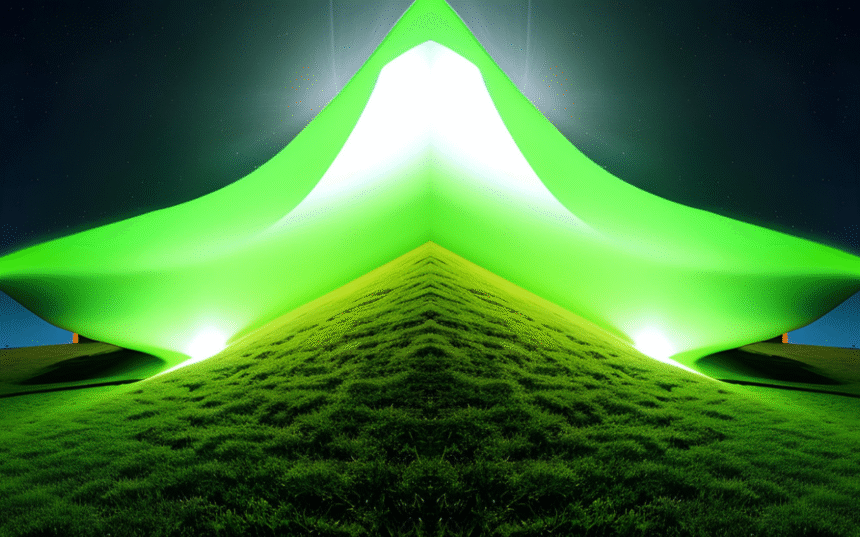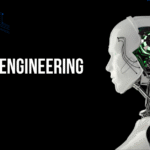Artificial intelligence (AI) image creators are rapidly becoming more sophisticated and prevalent, with many tools available to help users generate and enhance images using machine learning algorithms. These AI image creators can range from simple apps that apply filters to user-uploaded images to complex platforms that enable developers to build and train their own AI models for image generation.
One popular AI image creator is the Deep Dream Generator, which offers a range of AI filters that can be applied to user-uploaded images. Another notable tool is DALL-E, an image generator that uses textual descriptions to produce surreal and imaginative images. Artbreeder allows users to crossbreed different images to create new and unique artworks, while RunwayML enables developers to build and train their own AI models for image generation.
NVIDIA GauGAN is a tool that generates realistic landscapes based on user input, while StyleGAN is known for producing highly realistic faces and landscapes.
NeuralStyle combines the style of one image with the content of another, resulting in unique and artistic creations. IBM Watson Visual Recognition can be trained to identify specific objects and scenes within images, while Google Cloud Vision API offers a range of image recognition capabilities, including facial recognition and label detection.
Unlocking the Full Potential of ChatGpt-4 with Advanced Prompt Engineering
Amazon Rekognition can analyze images and videos to identify objects, people, and activities, while Pix2Pix uses machine learning to generate photorealistic images from user-drawn sketches. ImageAI offers a range of computer vision capabilities, including object detection, tracking, and recognition. Clarifai offers a range of pre-built models for specific tasks, such as food or apparel recognition, while LuminarAI uses AI to enhance and retouch images, allowing users to quickly and easily improve the quality of their photos.
The most effective AI tools for academic research
Adobe Sensei is a platform that offers a range of AI-powered image editing tools, including content-aware fill and face detection, while Pikazo allows users to turn their photos into artistic masterpieces by combining their images with iconic works of art.
Institute of Space Technology (IST) Faces Data Breach: Hackers Publish Sensitive Information
Prisma uses AI to transform photos into works of art, offering a range of unique filters and styles. Microsoft Azure Computer Vision offers a range of features, including object detection, facial recognition, and handwriting recognition, while CloudSight API can identify objects, scenes, and even specific products within images.
DeepArt.io allows users to transform their photos into works of art using AI-powered filters and styles. With so many options available, there is an AI image creator out there for every need and budget. Whether you are a professional photographer or a casual user, these tools can help you create unique and stunning images with ease.
The rise of AI image creators has been driven by the increasing availability of large datasets and powerful machine learning algorithms. These tools can be used for a wide range of applications, from enhancing photos for social media to generating custom artwork for commercial use. In addition, AI image creators are increasingly being used in industries such as healthcare, where they can be used to identify and diagnose medical conditions based on medical images.

However, the use of AI image creators also raises ethical concerns, particularly around the potential for these tools to be used to create deepfakes or other forms of manipulated media. Deepfakes are AI-generated videos or images that are designed to look real but are actually fabricated, often for malicious purposes such as political propaganda or cyberbullying. As AI image creators become more sophisticated, it is important for developers and users alike to be aware of these risks and to take steps to mitigate them.
Overall, AI image creators offer a powerful set of tools for users to create, enhance, and manipulate images with ease. As these tools continue to develop and improve, they are likely to become an increasingly important part of the creative and commercial landscape.











